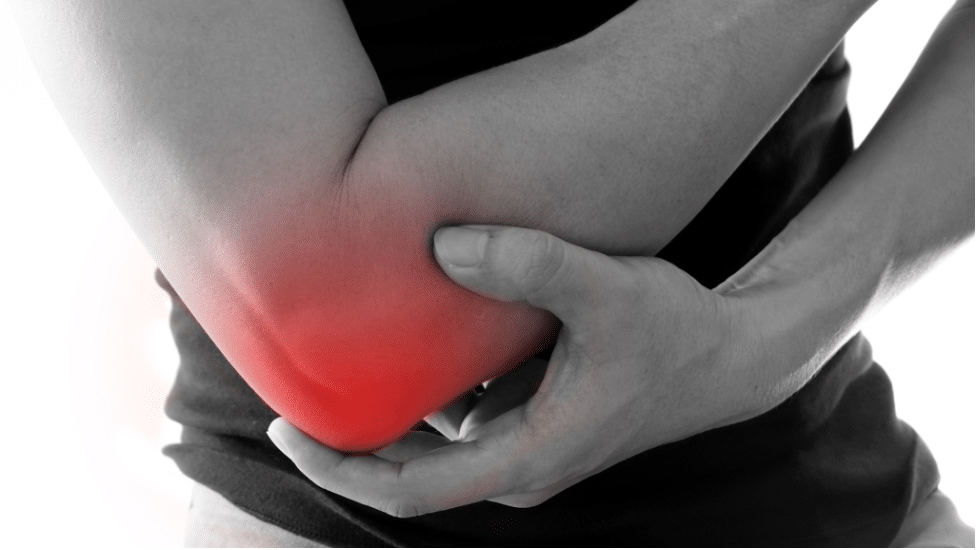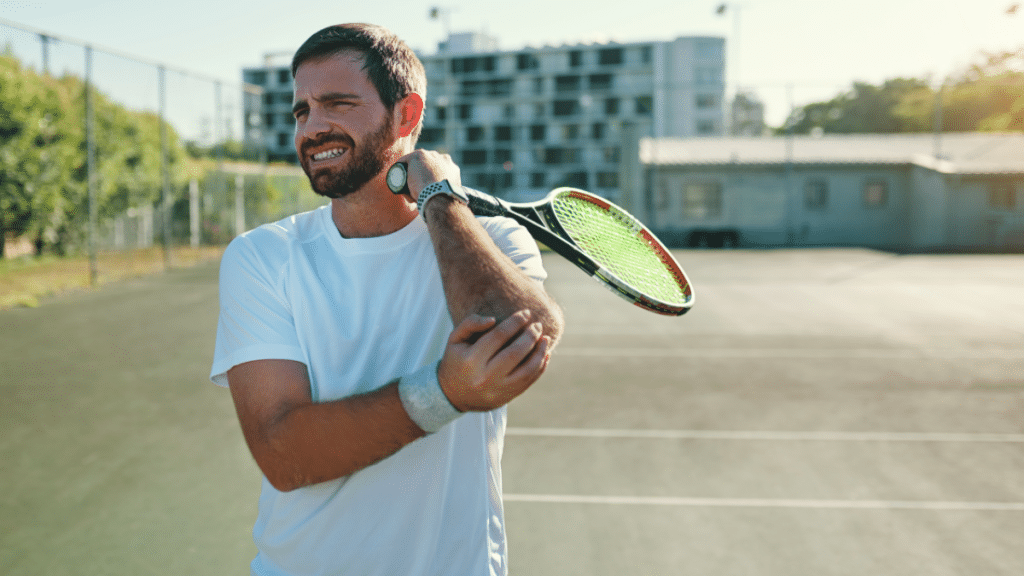Tennis is a physically demanding sport that requires speed, coordination, and repeated arm movements. While it’s a fantastic way to stay fit, the repetitive nature of the game can sometimes lead to injuries. One of the most common injuries among tennis players is tennis elbow. But why does this happen, and what can players do to prevent or manage it? This article takes a closer look at the causes of tennis elbow and explores solutions like elbow braces for managing tennis elbow and other helpful strategies, including the use of orthopedic supports.
What Is Tennis Elbow?
Tennis elbow, known medically as lateral epicondylitis, is a condition where the tendons in the elbow become inflamed due to overuse. It usually affects the outside part of the elbow and can cause pain, weakness, and difficulty with gripping. Despite its name, tennis elbow doesn’t only affect tennis players—it can also impact anyone who performs repetitive arm and wrist movements.
However, because tennis involves repeated swings, particularly with the backhand, the sport puts players at high risk of developing this painful condition.
Repetitive Motion and Overuse
The most common reason tennis players get tennis elbow is overuse of the forearm muscles. Every time a player hits a ball—especially during backhand strokes—the muscles and tendons in the arm are engaged. When these motions are repeated frequently without enough rest, small tears can develop in the tendons. Over time, this leads to inflammation, pain, and limited mobility.
Beginners are especially at risk if they haven’t developed proper form. Poor technique can strain the tendons more than necessary, accelerating the chances of injury.
Poor Technique and Grip
Incorrect swing technique and improper grip are also leading causes of tennis elbow. A backhand stroke that relies too much on the arm instead of the whole body can increase strain on the elbow. Similarly, gripping the racket too tightly or using a grip that’s too small or too large can place extra pressure on the tendons.
Professional players often work with coaches to fine-tune their mechanics and prevent injury, but recreational players may not have that same level of guidance. As a result, they might unknowingly use harmful movements that contribute to the development of tennis elbow.
Inadequate Warm-Up and Muscle Imbalance
Skipping warm-ups or neglecting strengthening exercises can leave players more vulnerable to injury. Warm-ups help prepare the muscles and joints for intense activity, while strength training ensures the forearm and shoulder muscles can handle repetitive impacts.
Muscle imbalances are another issue. If certain muscles are overdeveloped while others are weak, the body compensates, often putting more stress on the elbow joint. This imbalance makes injuries like tennis elbow more likely to occur.
The Role of Age and Recovery Time
Age is a contributing factor, too. As people get older, their tendons lose flexibility and become more prone to damage. Middle-aged recreational players are among the most commonly affected groups. In addition, not allowing enough recovery time between matches or practice sessions increases the risk of strain-related injuries.
Recovery is just as important as training. Without it, the body doesn’t have time to repair the micro-tears in the tendons, leading to worsening symptoms over time.
Early Signs to Watch For
Recognizing the early signs of tennis elbow is crucial for effective treatment. Common symptoms include:
- Burning or agony on the elbow’s outside.
- Weak grip strength
- Discomfort when lifting, shaking hands, or holding objects
Catching the condition early makes it easier to treat and reduces the risk of long-term damage. If symptoms persist, it’s best to consult a healthcare professional for diagnosis and guidance.
Preventing Tennis Elbow
The best approach is prevention. Here are several steps tennis players can take:
- Use Proper Technique: Take lessons or consult a coach to correct any harmful movements.
- Warm Up Thoroughly: Stretch the forearms and shoulders before and after playing.
- Strengthen Supporting Muscles: Include exercises for the wrists, forearms, and shoulders in your routine.
- Check Your Equipment: Make sure your racket grip size and string tension are appropriate for your skill level and hand size.
- Rest and Recover: Give your body time to heal between sessions, especially if you feel soreness.
These habits can significantly lower the chances of developing tennis elbow and improve your overall game performance.

Treatment Options for Tennis Elbow
If tennis elbow does develop, there are several effective treatments available. One of the most widely used options includes solutions like elbow braces for managing tennis elbow. These braces apply gentle pressure to the forearm and relieve stress on the tendon, reducing pain during activity.
Orthopedic supports, such as adjustable straps and compression sleeves, can also offer relief and promote healing. They help stabilize the joint, reduce swelling, and provide support during everyday tasks or sports.
Other treatment methods include:
- Physical Therapy: A therapist can guide you through exercises to stretch and strengthen the muscles.
- Rest and Ice: Taking a break from activity and applying ice can reduce inflammation.
- Anti-Inflammatory Medications: Medications sold over-the-counter can help control swelling and discomfort.
- Corticosteroid Injections: For severe cases, doctors may recommend injections to reduce inflammation.
In very rare instances, surgery might be necessary if the condition doesn’t improve with non-invasive treatments.
Returning to the Court Safely
After recovery, it’s important to ease back into tennis gradually. Reintroduce practice with a focus on form, and avoid playing through pain. Wearing orthopedic supports during early sessions can provide added protection as the tendons regain strength.
Continue strengthening exercises and stretching routines even after symptoms disappear. This helps prevent future flare-ups and keeps your muscles in balance.
Final Thoughts
Tennis elbow is a common injury, but it doesn’t have to be a permanent setback. Understanding the causes—like overuse, poor technique, and improper equipment—can help you prevent the condition. For those already affected, solutions like elbow braces for managing tennis elbow and orthopedic supports offer effective ways to reduce pain and promote recovery.
